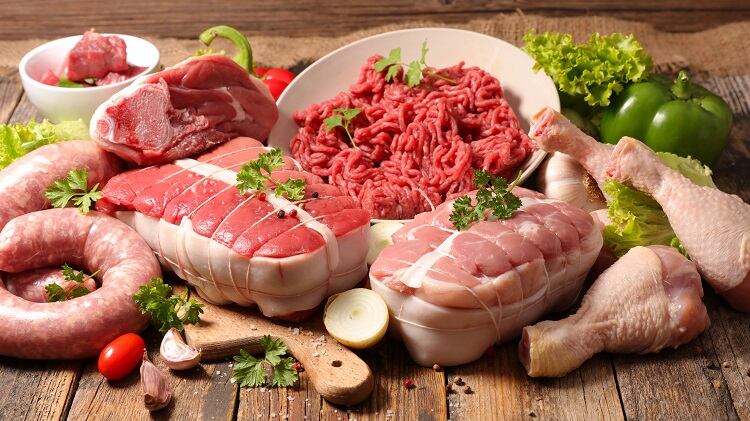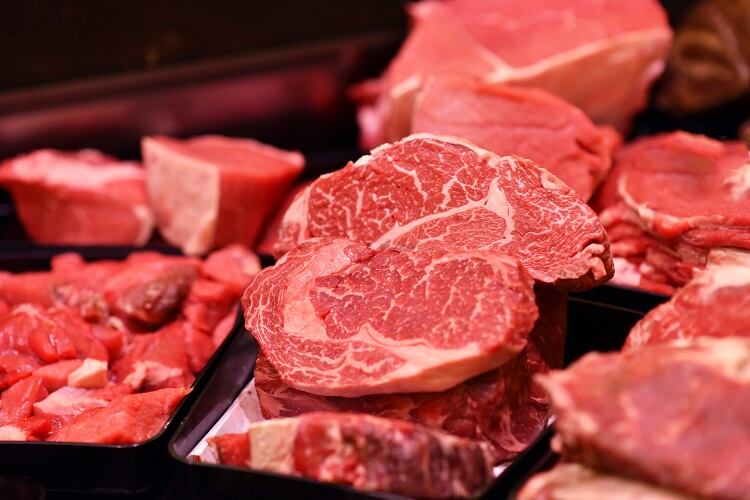On 14 March 2020, Belgian entered a nationwide lockdown. In an effort to curb the spread of COVID-19, mandatory measures were put in place to restrict the movement of people. Public and private gatherings, for example, were banned and employees advised to work remotely where possible.
With foodservice shuttered, food retail stayed open, which had a dramatic impact on where and how the Belgians have been eating these last few months.
What the population has been eating, however, has remained largely unchanged, according to Kris Michiels, Marketing Adviser at Flanders’ Agricultural Marketing Board (VLAM). “People keep eating the same amount of meat or vegetarian [meals] as they were when there was no coronavirus crisis.”
While some things stay the same…

While much changed during lockdown, and continues to change as we approach the ‘new normal’, VLAM research reveals that between April and June 2020 ‘food intentions’ stayed the same.
A significant 89% of consumers reported no difference to the amount of meat or vegetarian meals they consumed during the pandemic, compared to how they ate pre-COVID-19.
This statistic, however, is one of few that has remained relatively unchanged in recent times. Concentrating on the meat sector, Michiels told delegates at this year’s Belgian Meat Office Round Table, held virtually last week, that in-home consumption of fresh meat and poultry has spiked since January and February 2020 figures. This is largely due to the closure of foodservice between March and May, yet June figures also reveal ‘a higher level than 2019’.
Looking at in-home consumption of fresh meat (excluding poultry) over the last few years reveals that between 2017 and 2019, meat consumption was dropping slightly. In Q2 2020, however, in-home consumption was up 23% to 4.9kg per capita. “There is a big growth there in in-home consumption of fresh meat,” he reiterated.
Beef, pork and veal were all up compared to the same period in 2019 – beef by 21%, pork by 20%, veal by 17%, and meat mixtures up a significant 30% to 1.84kg per capita. “Meat mixtures were the best growing market…in the second quarter of 2020.”
Average price of fresh meat (excluding poultry) in the home is also on the rise. In 2019, the average price sat at €9.92 per kg, whereas today, the average is €10.57. Because of increased prices, average spend on meat is also elevated – from €39.18 per capita last year to €51.38 between April and June this year.
Penetration, the Marketing Advisor told us, is also ‘very high’: “Almost every household [in Belgium] is buying meat…and it’s even a bit higher than in 2019.” Indeed, in 2020, 96.4% of households purchase meat – up from 95.9% in 2019.
Who is buying more meat?
With meat consumption on the rise in Belgium, VLAM sought to determine which demographics have most increased intake these last few months. The answer, said Michiels, is singles.
According to the Agricultural Marketing Board’s findings, between the period April to June 2020, singles under-40 consumed 68% more meat than this time last year. Singles aged between 40 and 65 years purchased 40% more. ‘Well-to-do’ households with kids, whereby both parents work, were next with an increase of 31%, followed by dual income households without kids. “It won’t surprise you that these are also the profiles of people who eat more, normally, out of home,” he added.
Comparing meat consumption with poultry & game, fish, molluscs & crustaceans, and meat substitutes, reveals that meat has a slightly elevated market share in 2020, compared to 2019 (from 56% to 56.3%). This is largely due to a lower consumption of fish, molluscs and crustaceans, which is down from 12.3% in 2019 to 11.9% this year.

Poultry and game is up from 30.5% in Q2 2020 to 30.6% for the same period this year, and meat substitutes is up from 1.1% to 1.2%.
And from where?
Concerning purchase channels, VLAM’s findings reveal that ‘hard discount’ was the best performing in the second quarter of 2020 for fresh meat – up from 15.7% to 18.1%. Butchers are also up, from 19.4% to 20% market share. “All other channels, including ‘proximity supermarkets’ and ‘bigger supermarkets’ are going down,” we were told.
In conclusion, Michiels stressed that consumer behaviour, as a general rule, moves slowly. In exceptional circumstances, such as amid a pandemic, it will ‘move a bit faster than normal’, but he told delegates not to expect ‘everything to turn 180 degrees’.
While consumers have voiced growing interest in buying local and in consuming healthier foods, the Marketing Advisor said fear of COVID’s economic consequences loom, which could well bode well for discounters, private label, and in-home consumption.


